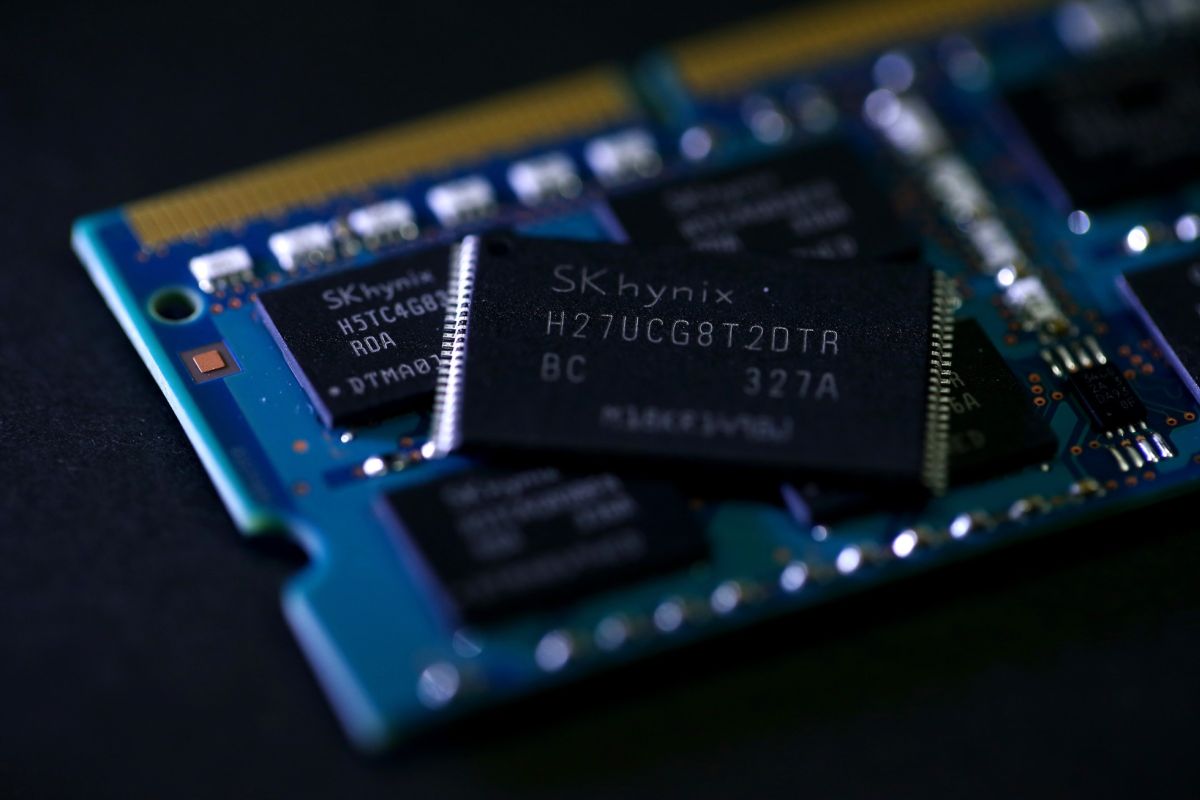One of those improvements is the density of DDR5; compared to DDR4, the new memory standard will have four times the density of DDR4, enabling memory makers to fabricated up to 64Gb per die, compared to the current 16Gb per die. If these numbers hold, the increase in die size also means that the maximum RAM capacities can also increase exponentially from the standard 16GB or 32GB to a whopping 2TB. Of course, there’s also the speeds and data rate in which DDR5 could achieve. According to JEDEC, the new memory standard could offer up to 6.4Gbps; that’s double the average data rate of DDR4. That said, it’s likely that, when DDR5 becomes commercially available, memory manufacturers will start out with speeds of 4.8Gbps as the bare minimum. Which is still considerably faster than the average DDR4 speeds.
Moreover, DDR5 will reportedly require less power to operate, with a standard operating voltage set at 1.1V. For context, the stand operating voltage for DDR4 currently hovers between 1.2V and 1.35V. Interestingly enough, DDR5 will still retain the same pin count as DDR4 – the pins at the bottom of each memory stick total up to 288 pins – but will not be compatible with the DDR4 slots. As to when we can expect the new DDR5 standard, it has been hinted that the new memory standard will only be available as early as 2022. Interestingly, that is year is also when experts expect the new USB 4.0 standard to make its debut or become commonplace. If it’s any consolation though, South Korean semiconductor maker, SK Hynix, has already begun sampling the new DDR5 standard with memory partners. (Source: Techspot)
